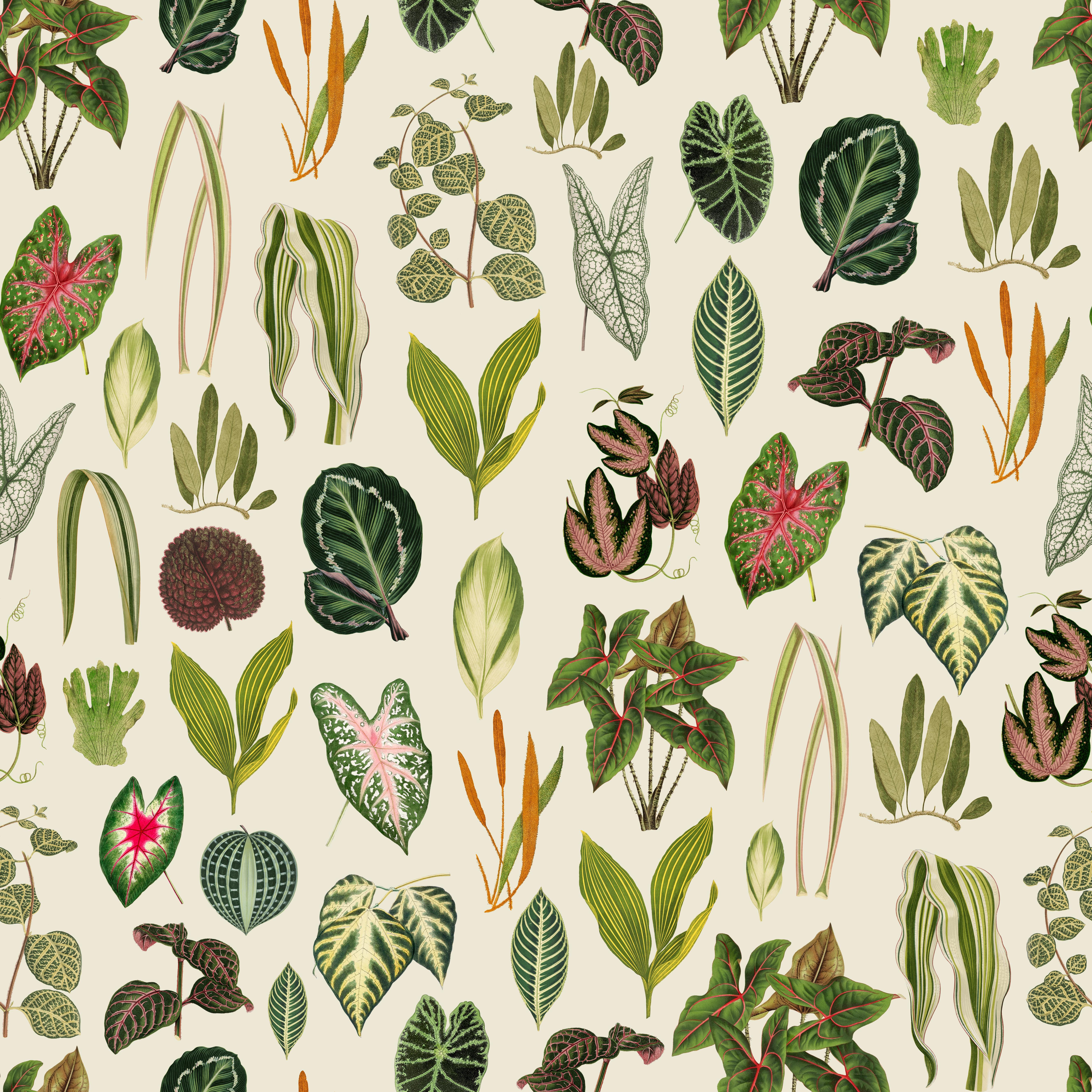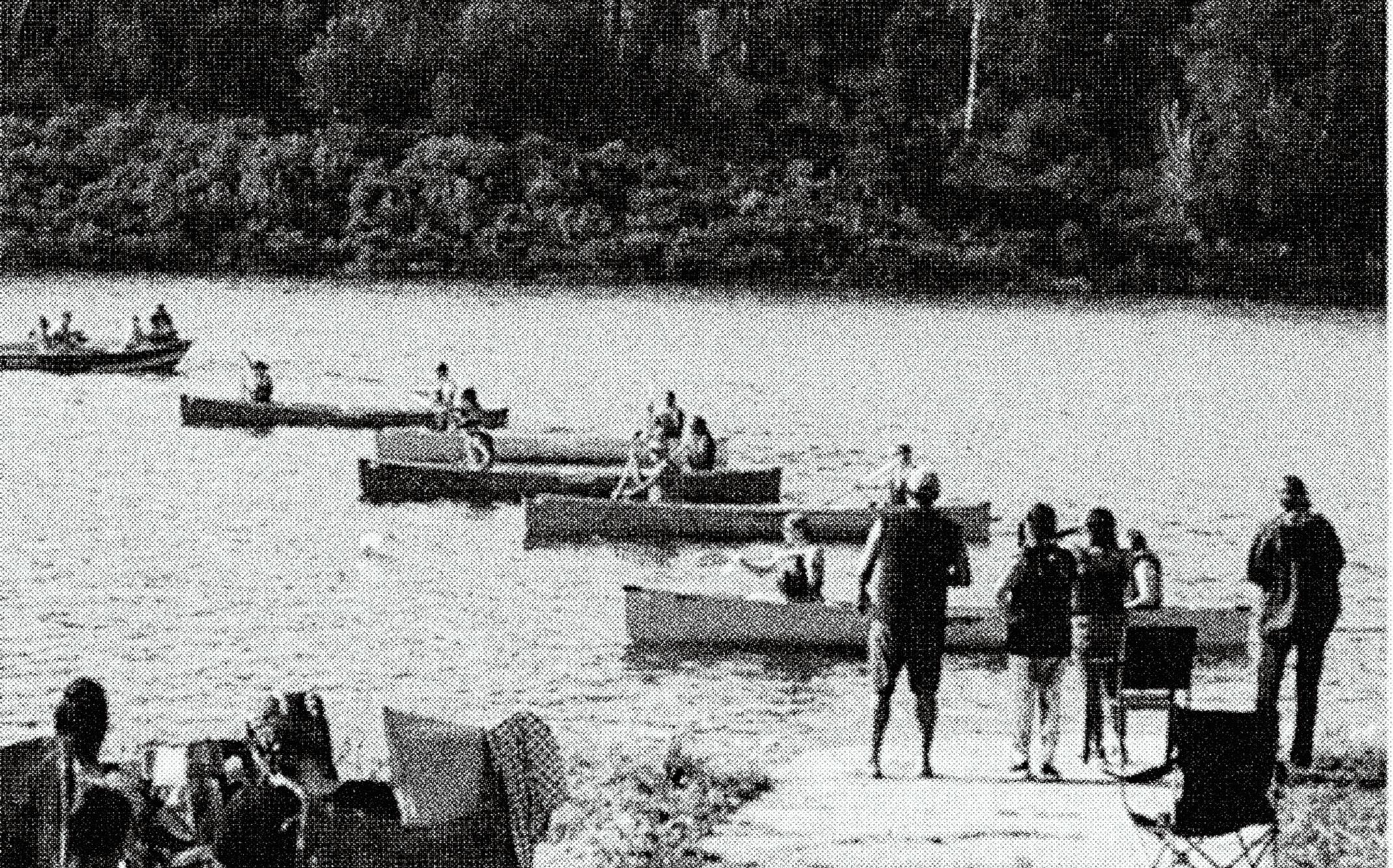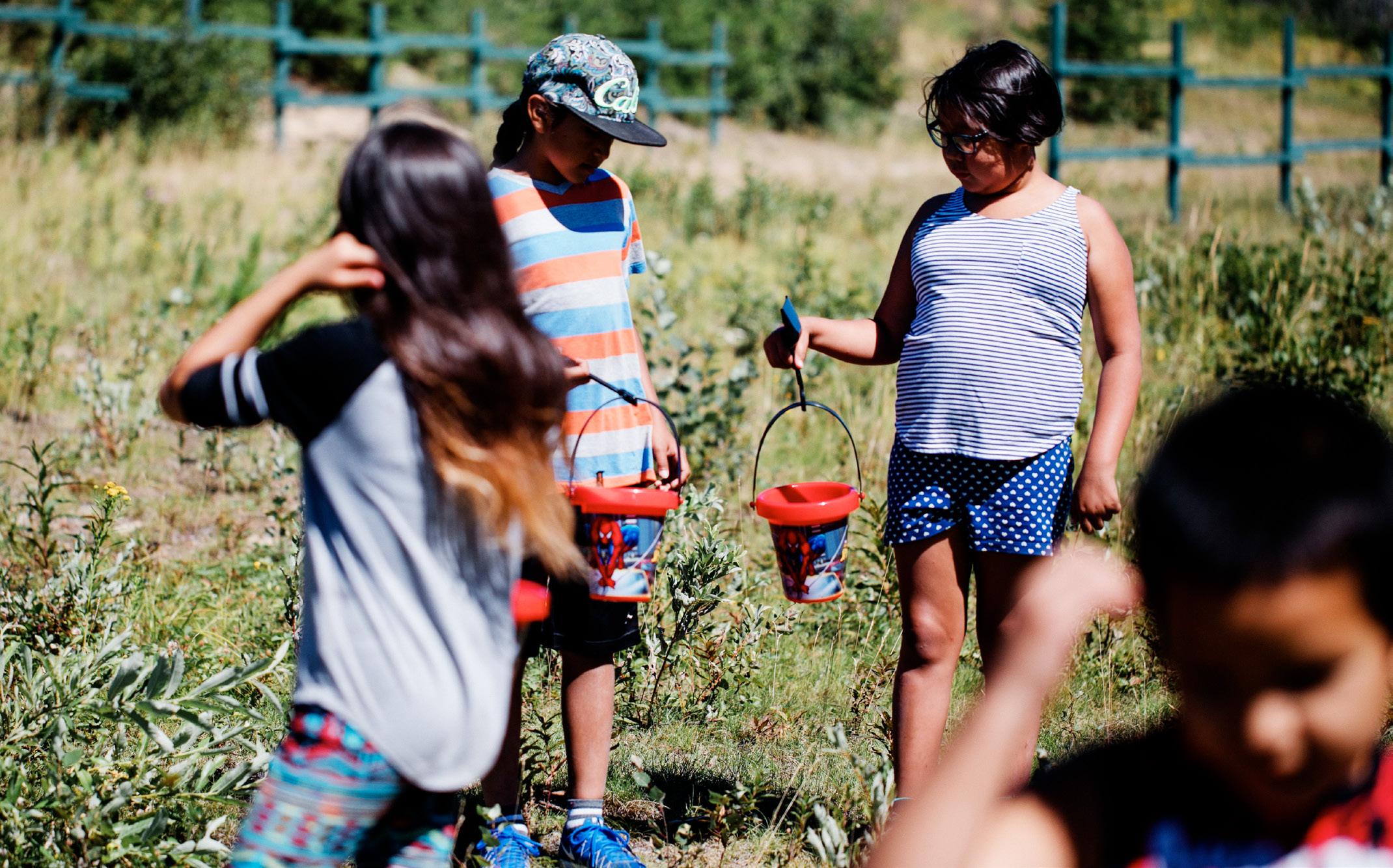
3 minute read
The Gift of Learning and Teaching One’s Language
Ignited by a dream she had on her grandparents’ floor, Belinda kakiyosēw Daniels founded the nēhiyawak Language Experience—a summer camp that teaches Cree language, culture, and land-based teachings.
Belinda kakiyosēw Daniels’ dream of creating a nēhiyawēwin (Cree) learning experience started with an actual dream on the floor of her grandparents’ house on Sturgeon Lake First Nation in central Saskatchewan.
Advertisement
Her grandparents were fluent in Cree, and her grandfather also spoke Michif because his mother was Métis. It was common for Dr. Daniels, who is now an assistant professor of Indigenous Education at the University of Victoria, to hear other dialects of Cree while growing up, even though she did not understand many of the nonEnglish words.
“I was always intrigued by Indigenous languages, especially my own,” Dr. Daniels says in a recent interview. “And I would try and speak Cree to my grandparents. But they would be like, ‘What are you trying to say? Shhhhhh.’ And they would correct me by telling me to speak English.”
So, although she did not speak Cree, she grew up being familiar with the language’s intonation and rhythm. Eventually, it led her to establish nēhiyawak Language Experience, a summer camp where participant learners are immersed in the language and culture while taking part in land-based experiences. For Dr. Daniels, second-language education has been “a calling.” She adds, “Learning my own Cree language, and sharing that journey with others who want to learn too, doesn’t feel like work to me. It is truly a gift.”
She traces her passion to a dream she had when she was about 11 years old. The dream became part of her PhD dissertation as a memory and a story re-told. In academia, this is called an Indigenous methodology.
“I was lying on the floor of my grandma’s kitchen, and I was playing with this heavy, silver hand mirror and visualizing what the world might look like on the other side of the mirror,” she says. “I was awake, playing and imagining. It was in the middle of the day. But, the more I thought about it, the more I wondered. Then suddenly I was transported into the dimension of the mirror.”
In her vision, she says she was on a path. The sun was shining and the wind was lightly blowing on her face and shoulders. On her right was a forest, thick with trees. On her left was a flat rock wall that could have been the side of a mountain.
“When I turned to my left to have a good look at it, I realized there was writing on this wall. I didn’t know what it was at the time, but I was mesmerized by it,” says Dr. Daniels. “And now I know it to be Cree syllabics, called cahkipēhikana.”
She was overcome with curiosity, but she was also a bit frightened. “I lifted my hand and traced the etchings,” she says. “And then, as I looked back to where I had come walking from, I was immediately transported back to my grandma’s floor.”
Dr. Daniels says she tried to recreate the experience multiple times in the following years, always without success. “But I have come to realize those were Spirit Markers—a kind of petroglyphs—and I believe the Language Spirit was choosing me to do the work that I’m doing now.”
When she reached university age, she attended the University of Saskatchewan and enrolled in a course called Cree 101. It was “really hard,” says Dr. Daniels. “I struggled because it was based on memorization, grammar, macrons, and all these different paradigms the one aspect of language acquisition. This is the whole experience.”
Learning Indigenous languages of our ancestors is what keeps us connected to who we are, says Dr. Daniels, because the languages are so much a part of Indigenous identity and connection to place.
“We come from this land and Creator gifted us this language,” she says. “It informs who we are as distinct peoples. I am nēhiyaw. I come from the nēhiyawak Nation. Everything about us is in the language—what we believe, how we orient ourselves, and how we govern ourselves. All those things keep us distinct.”
In the beginning, she says many of her friends, even those who spoke Cree, did not understand her passion. They did not comprehend the value of learning an Indigenous language in a world where English is the discourse of everyday life. This, she says, is a product and process of colonialism.
However, others “believed in the work that I was doing and often they would visit and give me some guidance,” says Dr. Daniels. “My family in my community is very much a supporting factor in the work that I do. My continuing dream is also a collective one because I work with a lot of amazing language warriors, champions, and mentors.”
When she had a son, she spoke as much Cree as she could with him during the first seven years of his life with the help of her nōhkompan (her late grandmother) and is now doing the same with her younger daughter. Today, she says, her son is aware of the importance of our nēhiyaw language and appreciates it—which is one of Dr. Daniels’ goals.
“I want to help create new generations of Cree firstlanguage speakers, and then have families who speak only the language, whether it is Cree, Dene, Lakota, Michif, Anishnabemowin in their homes,” says Dr. Daniels. “This is therapy leading to well-being, belonging, and knowing our identities.”










